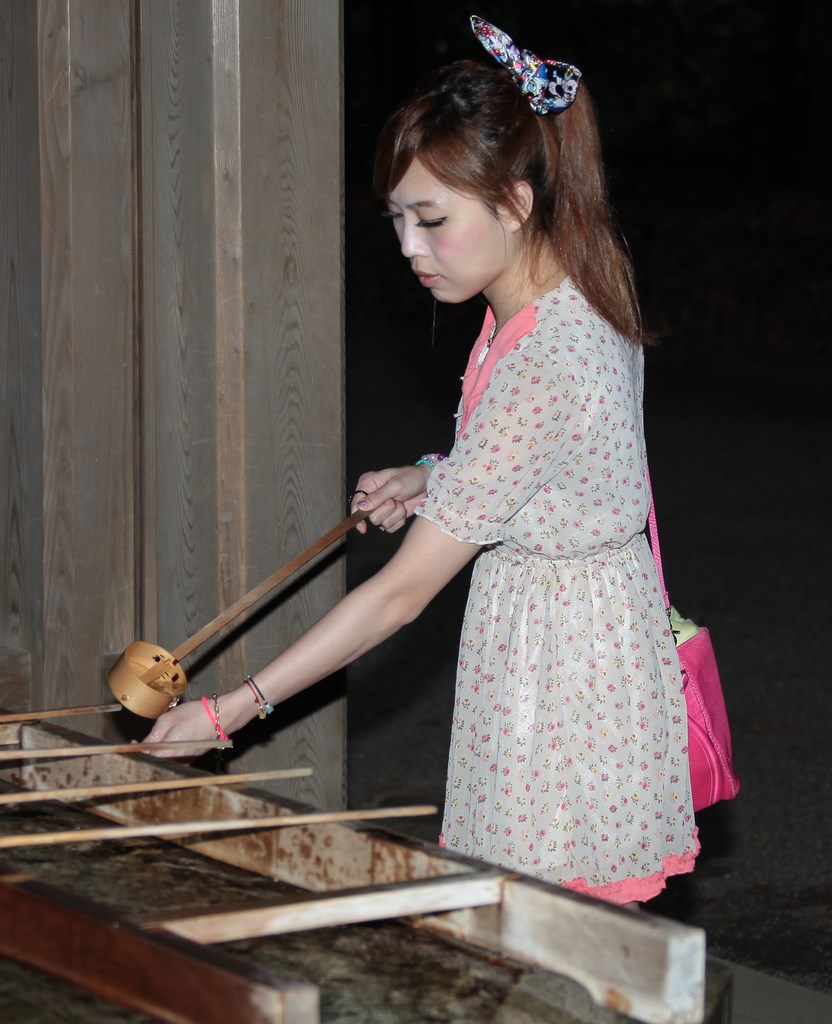HARAE PURIFICATION RITUELLE
Le harae ou harai (祓) est une cérémonie shintô de purification par ablutions (misogi) et rites de repentance.
Ils sont nécessaires au fidèle shinto qui souhaiterait aller prier au sanctuaire. On trouve aussi le nom de ō-harae (大祓) pour les rites les plus anciens pratiqués lors de cérémonies publiques. Il a donné lieu à de nombreux festivals (matsuri) et rites shinto durant lesquels des prêtres purifient l'assistance via un grand gohei de papier ou des pois rouges.
La légende du bain du dieu Izanagi est considérée comme la fondation du harae.
Harae or harai (祓 or 祓い) is the general term for rituals of purification in Shinto.
---------------------------------------------
Harae or harai (祓 or 祓い) is the general term for rituals of purification in Shinto.
Harae is one of four essential elements involved in a Shinto ceremony. The purpose is the purification of pollution or sins (tsumi) and uncleanness (kegare). These concepts include bad luck and disease as well as guilt in the English sense. Harae is often referred to as the purification, but is also known as an exorcism to be done before worship. Harae often involves symbolic washing with water, or having a Shinto priest shake a large paper shaker called ōnusa or haraigashi over the object of purification. People, places, and objects can all be the object of harae.
